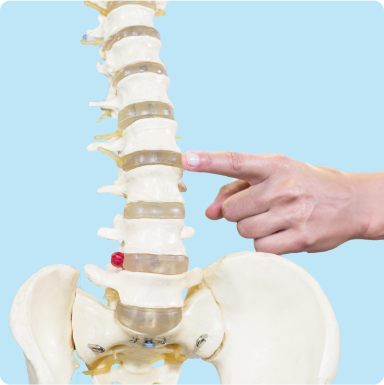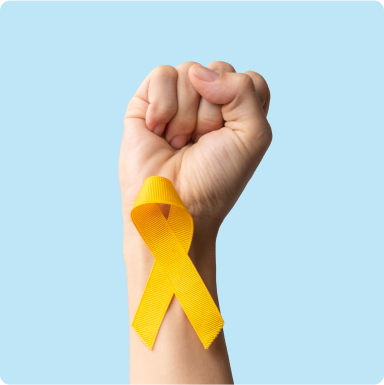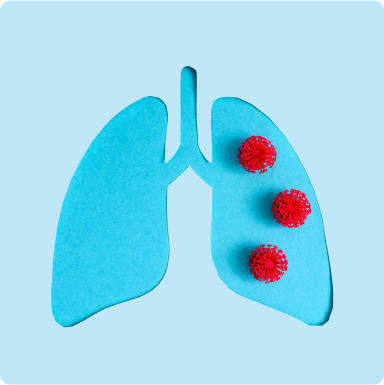Pain
Pain is “an unpleasant sensory and emotional experience associated with, or similar to that associated with, actual or potential tissue damage“, according to the new definition by the International Association for the Study of Pain (IASP) in 2020. Pain generally serves an adaptive function and is always a personal experience influenced to varying degrees by biological, psychological, and social factors.
Pain can be classified based on different criteria related to its manifestations and impact on the patient, such as duration, physiopathology, etiology, or the affected system. It is estimated that one in six people in Spain (17%) suffer from chronic pain, a condition that can significantly affect the individual’s work, family, and social life.
In response to chronic pain being a widespread public health issue, the IASP and the global health community declared that “failing to address pain is considered worldwide as poor medicine, an unethical practice, and a violation of a fundamental human right.”
Sometimes pain has an obvious cause; other times, injuries and illnesses can lead to changes in the body that make it more sensitive to pain. These changes may persist even after the original injury or illness has healed. A sprain, a fracture, or a brief infection can leave you with chronic pain.
Some people also experience chronic pain that is not related to a physical injury or illness. Additionally, multiple causes of pain may overlap. For example, you may be dealing with two separate illnesses.
Few diseases or conditions have a single causal factor; most depend on multiple or combined circumstances for their development.
There are many risk factors associated with chronic pain, such as:
- Modifiable factors like pain, mental health, other comorbidities, smoking, alcohol consumption, obesity, physical activity/exercise, sleep, nutrition, and work situation, along with various professional factors.
- Non-modifiable factors such as age, gender, cultural background, socioeconomic status, history of trauma/injuries/interpersonal violence, and hereditary factors (including genetic factors).
There are currently no valid objective measures, such as a blood test or a scan, to detect pain. The only way to know if a person is in pain is for them to refer it, as pain is a subjective and personal experience.
The assessment of pain will depend on the duration of the patient’s pain (acute or chronic), the disease and type of pain (e.g., cancer, back pain, neuropathic pain), the population type (e.g., children, individuals with cognitive impairment), and the patient’s values, goals, and preferences.
There are numerous questionnaires to measure a person’s pain intensity or pain-related disability, with some of the most popular ones continuing to be numeric and visual analogue scales.
Maintaining a healthy lifestyle is an effective intervention to prevent chronic pain.
Ensuring good control of chronic pain during patient follow-up can lead to a quicker resolution. Therefore, it is important to periodically review their treatment.
Pain treatment in Europe focuses on a biopsychosocial approach. This model refers to the development of pain through the complex interaction of biological factors (genetic, biochemical, etc.), psychological factors (mood, thoughts, beliefs), and social factors (cultural, family, socioeconomic, etc.).
As such, pain treatment involves pharmacological approaches (e.g., medications), non-pharmacological approaches (e.g., exercise, cognitive-behavioral therapy), patient education, invasive approaches if necessary, and long-term pain management programs for individuals with persistent/chronic pain.

Other pathologies
Raja SN, Carr DB, Cohen M, Finnerup NB, Flor H, Gibson S, et al. The revised International Association for the Study of Pain definition of pain: concepts, challenges, and compromises. Pain. 2020.
European Federation of Pain. What is the definition of pain? [Internet]. Available at: https://europeanpainfederation.eu/what-is-pain/ (last accessed: November 2023).
European Federation of Pain. What is the biopsychosocial model of pain? [Internet]. Available at: https://europeanpainfederation.eu/what-is-the-bio-psycho-social-model-of-pain/ (last accessed: November 2023).
European Federation of Pain. Measuring Pain in the Clinic. [Internet]. Available at: https://europeanpainfederation.eu/measuring-pain-in-the-clinic/ (last accessed: November 2023).
Torralba A. et al. Situación actual del dolor crónico en España: iniciativa “Pain Proposal“. Revista de la Sociedad Española del Dolor 2014; 21(1): 16-22.
Dueñas M., et al. A nationwide study of chronic pain prevalence in the general spanish population: identifying clinical subgroups through cluster analysis. Pain Medicine 2015 Apr;16(4):811-22.
Treede, RD et al. Chronic pain as a symptom or a disease: the IASP Classification of Chronic Pain for the International Classification of Diseases (ICD-11). PAIN 160 (2019) 19–27.
van Hecke, O et al. Chronic pain epidemiology – where do lifestyle factors fit in? Br J Pain. 2013 Nov; 7(4): 209–217.
International Association for the Study of Pain. Preventing Pain: An Introduction. [Internet]. Available at: https://www.iasp-pain.org/resources/fact-sheets/preventing-pain-an-introduction/#:~:text=Maintaining%20a%20healthful%20lifestyle%20is,prevent%20chronic%20pain%20%5B10%5D.&text=Discuss%20the%20plan%20for%20pain,of%20pain%20management%20is%20important. (last accessed: November 2023).




